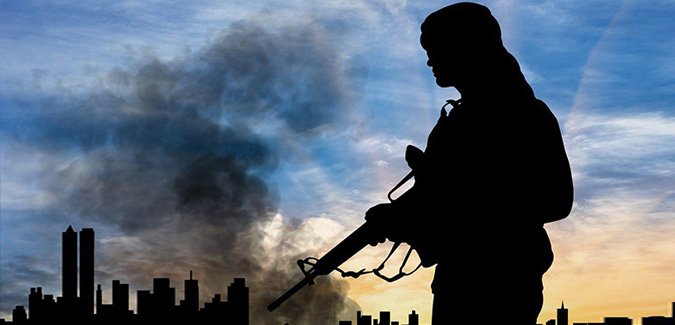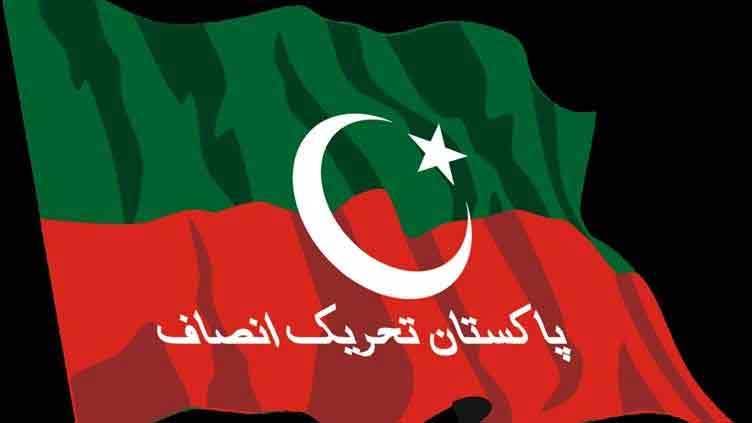Zafar Iqbal
The recent publication from the Finance Division, titled “Economic Update and Outlook,” paints a picture of a recovering economy in Pakistan for the first quarter of FY2025. While the report highlights improvements across four key macroeconomic indicators, it invites a critical examination, revealing deeper issues that may undermine this apparent recovery.
First and foremost, the report highlights a remarkable 38.8 percent increase in remittances during July to September 2025 compared to the same period the previous year. This surge, which is partly due to the government’s decision to correct its previous missteps in the foreign exchange market, is a significant boost to the economy. However, it’s important to exercise caution as the growth rate of remittances witnessed a decline in September, slowing to 29 percent compared to September 2024. This slowdown may serve as an early warning signal that remittance inflows are approaching their limits, potentially stymieing future growth.
Secondly, Pakistan recorded a current account surplus, a development that typically would be celebrated. However, the surplus appears to be less a reflection of robust export growth and more a result of delayed letters of credit for imports. While raw materials are being imported to bolster domestic production, the undercurrents make this surplus seem more like a temporary reprieve rather than a sustainable outcome.
In terms of exports, they saw an increase of 8.5 percent, yet this figure pales in comparison to the 19.4 percent rise in imports. The disparity suggests a fundamental dependency on imported raw materials, which has prompted only a slight alleviation of the decline in large-scale manufacturing (LSM). The sector, although less negatively affected than before, reported a modest growth of -0.19 percent in July-August compared to the previous year, with August’s figures showing a worrying turnaround to -2.65 percent. This trend indicates that the manufacturing sector’s revival may be fragile and heavily reliant on external factors.
A noteworthy positive cited in the update is the 32.7 percent increase in Federal Board of Revenue (FBR) collections in September year-on-year, alongside a 25.5 percent increase in collections for July-August. However, it should be underscored that this growth is measured against an unrealistic revenue target that was set 40 percent higher by the government in conjunction with the International Monetary Fund (IMF). This looming target raises the specter of a potential shortfall, compelling the government to resort to contingency measures which increase reliance on indirect taxes—taxation that disproportionately burdens lower-income citizens. This is exemplified by the alarming 21 percent decline in electricity consumption, which correlates with a rising crime rate and a decline in consumption patterns, threatening overall economic stability.
Despite the apparent strides towards widening the tax base, actual enforcement faces considerable obstacles. First, even with a reduction in the discount rate by 5.5 percent, credit to the private sector continues to struggle, registering a negative 240.9 billion rupees from July 11 to October this year, building on the 247.8 billion rupees negative figure from the same period last year. This stagnation raises concerns about meeting projected growth of 3.5 percent in tax collections, a target now seemingly unattainable. Resistance from traders and industrial stakeholders to the FBR’s measures further complicates implementation.
Lastly, the report notes a significant decrease in inflation rates, suggesting a move to single digits. However, this must be evaluated against a backdrop of declining electricity demand—down 21 percent largely due to increased rates—and a significant rise in petroleum levy collections, which erodes purchasing power for the average citizen. The level of poverty remains alarmingly high at 41 percent, comparable to figures in Sub-Saharan Africa, which calls into question the sustainability of any observed economic improvements.
The update conspicuously omits mention of Pakistan’s growing indebtedness. While some positive indicators like a 6.3 percent decline in mark-up expenditures due to a tapering policy rate and a fiscal deficit decrease to 0.7 percent of GDP have been noted, the wider picture of fiscal responsibility is obscured. The energy sector, still plagued by inept management and enduring circular debt, now estimated at 2.6 trillion rupees, elicits further concern. Policies that have favored solar energy, for instance, have inadvertently escalated tariffs due to reduced demand for power from the national grid. Moreover, the misguided focus on privatization without learning from historical lessons, such as the troubled case of K-Electric, further complicates efforts to stabilize the energy sector.
Finally, while the report reveals a 3.1 percent increase in total expenditures, a more comprehensive examination reveals a government grasping at solutions without adequately addressing the root causes of fiscal imbalance. The modest growth in expenditures during July-August 2025 compared to previous years tells only part of the story. This increase in spending, while seemingly positive, may not be sustainable in the long run, suggesting the necessity for a deep-seated reform strategy to truly set the economy back on a sustainable path.
In conclusion, while the “Economic Update and Outlook” presents a façade of economic recovery through selected positive indicators, it is critical to recognize the underlying challenges that persist. Without addressing these issues holistically—such as low credit growth, unsustainable taxation policies, and systemic inefficiencies—the road to a robust and resilient economy remains fraught with complications. The path forward for Pakistan will require a concerted effort to implement structural reforms and ensure that economic growth translates into improved living standards for its citizens.















